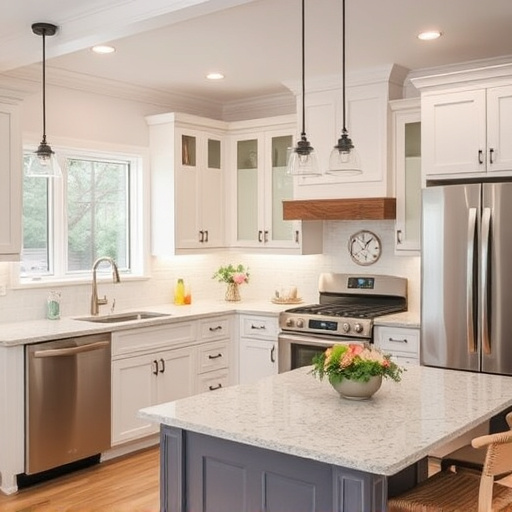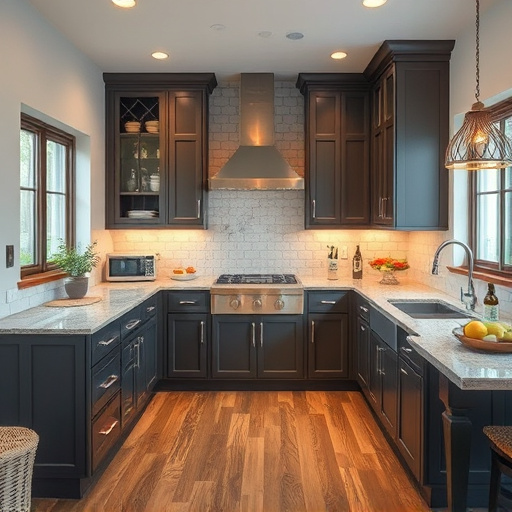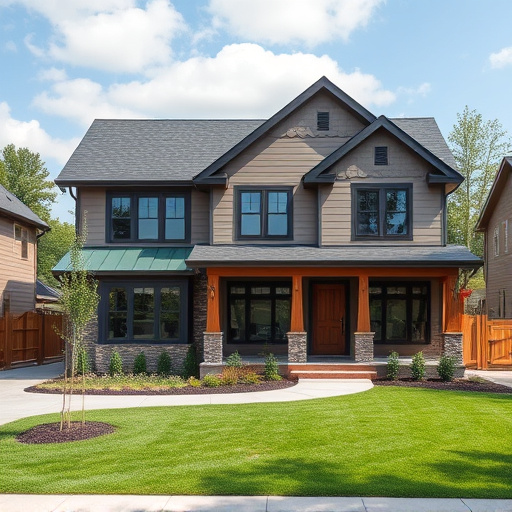Home contractors play a critical role in ensuring safety on job sites, especially during renovations. They must adhere to industry standards, implement best practices like using PPE, securing tools, and conducting regular site inspections. By prioritizing safety, they build trust with clients and maintain their reputation as leaders in responsible construction. Regular training, clear communication, emergency preparedness, and continuous risk assessment are key strategies for a reputable home contractor to guarantee both worker and client safety.
A home contractor’s commitment to safety goes beyond compliance; it ensures peaceful minds for clients and a successful project. This article delves into the crucial role of contractors in maintaining safety on-site, providing a comprehensive guide. We explore essential protocols, from understanding legal responsibilities to implementing safe work practices and ensuring continuous safety through training, communication, and emergency preparedness. Learn how top home contractors revolutionize the industry with their commitment to safety.
- Understanding Safety Protocols: The Home Contractor's Responsibility
- Implementing Safe Work Practices on Site: A Step-by-Step Guide
- Ensuring Continuous Safety: Training, Communication, and Emergency Preparedness
Understanding Safety Protocols: The Home Contractor's Responsibility
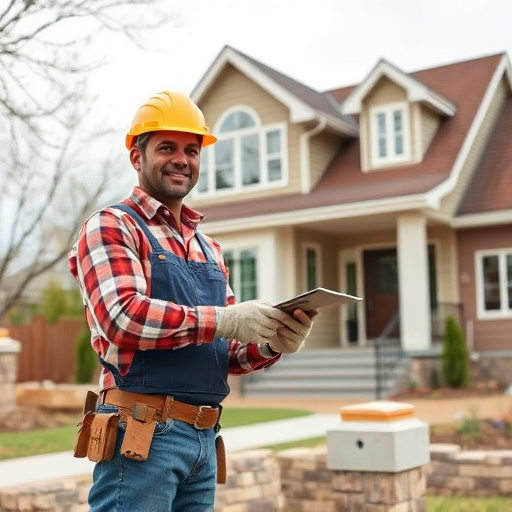
Home contractors play a pivotal role in ensuring safety on their job sites, especially when undertaking residential renovations or kitchen remodels. Their primary responsibility is to establish and maintain a secure environment for both themselves and their clients. Safety protocols are not just guidelines but essential practices that prevent accidents, injuries, and potential damage to property.
A professional home contractor should be well-versed in industry safety standards and regulations, especially when managing complex projects involving functional spaces within homes. This includes implementing measures such as using the right personal protective equipment (PPE), securing tools and materials properly, ensuring clear communication among team members, and regularly inspecting sites for potential hazards. By adhering to these protocols, contractors can guarantee a safer working condition, thereby fostering trust with clients who are investing in their home’s transformation.
Implementing Safe Work Practices on Site: A Step-by-Step Guide
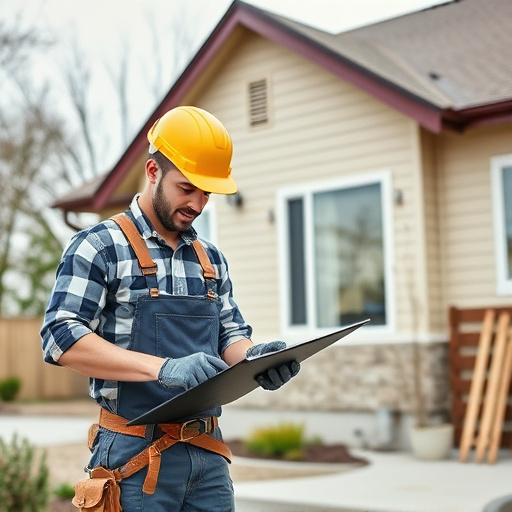
Implementing safe work practices on a construction site is paramount for any reputable home contractor. The process begins with a comprehensive risk assessment to identify potential hazards unique to each project, from working at heights in home remodeling to handling hazardous materials during kitchen and bath renovations. Once identified, these risks are addressed through clear communication among the team and the implementation of tailored safety protocols.
Next, ensuring all personnel are adequately trained in specific tasks and equipped with personal protective equipment (PPE) is crucial. Regular safety meetings and ongoing education reinforce a culture of safety, encouraging employees to recognize potential dangers and report them promptly. Rigorous adherence to these steps not only protects workers but also builds trust with clients, establishing the home contractor as a leader in safe and responsible construction practices.
Ensuring Continuous Safety: Training, Communication, and Emergency Preparedness
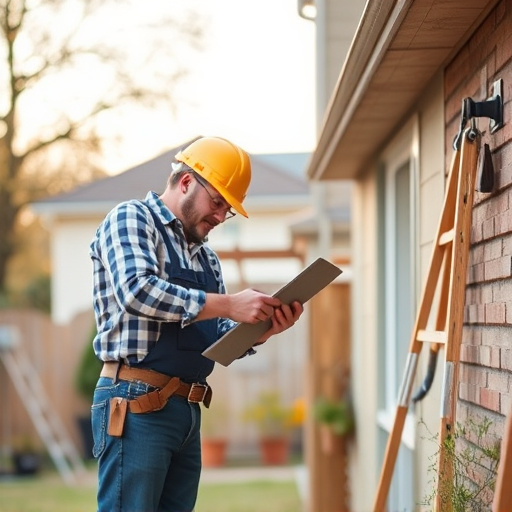
A reputable home contractor understands that safety is paramount on every job site, regardless of the project—be it a luxurious bathroom remodel, strategic home additions, or dramatic home transformations. Continuous safety assurance involves several key strategies. Regular, comprehensive training sessions for all staff are essential to keep everyone up-to-date with best practices and new industry standards. This includes teaching workers how to use equipment safely, recognize potential hazards, and administer first aid in emergencies.
Effective communication is another cornerstone of on-site safety. Clear, consistent communication channels ensure that everyone involved—from project managers to subcontractors to workers—is aligned on safety protocols. Regular meetings, clear signage, and readily accessible safety manuals help maintain a culture of caution. Moreover, thorough emergency preparedness plans are vital, encompassing scenarios from minor injuries to life-threatening situations. Regular drills and simulations reinforce readiness, ensuring that the home contractor’s team can respond quickly and effectively in any eventuality.
A responsible home contractor is not just skilled in construction; they are adept at prioritizing safety on site. By understanding their legal obligations, implementing structured work practices, and fostering a culture of continuous learning and open communication, contractors can significantly reduce risks for both workers and homeowners. Embracing these safety protocols isn’t just a best practice—it’s an industry standard that ensures projects are completed smoothly and securely.









